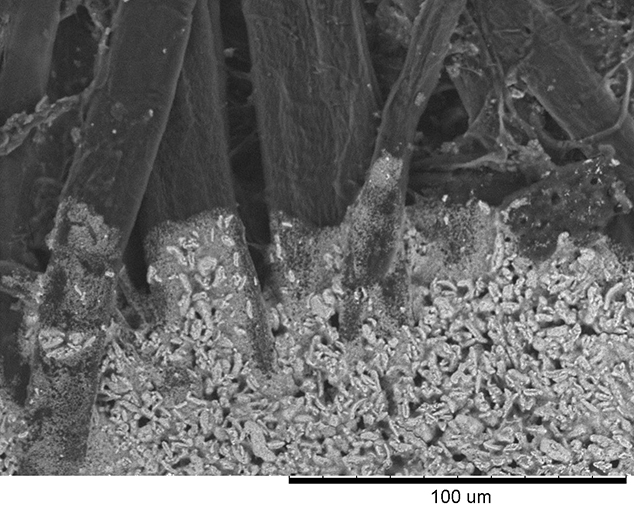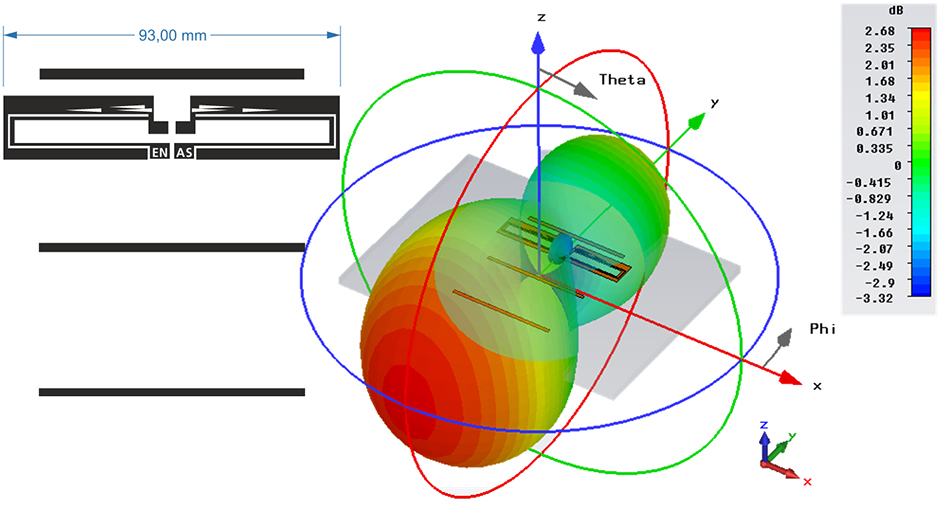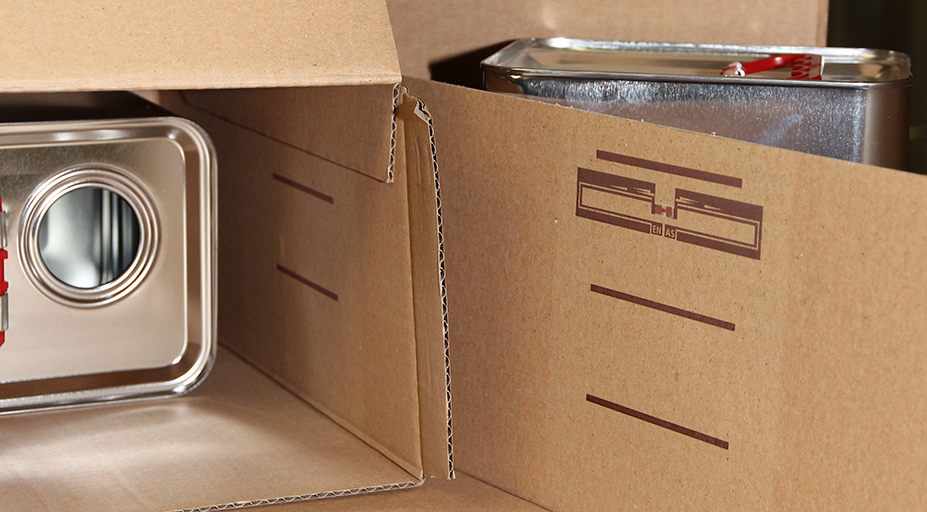Printed antennas on cardboard boxes enabling identification of metal objects in supply chains



The reliable wireless identification of products in supply chains is a key technique in logistics. The aim of the reported project was to optimize the warehouse and transport logistics to save costs. In order of wireless identification Radio Frequency Identification (RFID) transponders are attached to the items to be traced. These transponders consist of a Si-chip which is connected to an appropriate antenna. In the memory of the Si-chip the product data are stored. The transponder antenna assures the wireless communication between the transponder and an external RFID reader. In the ultra high frequency (UHF) range the energy and data transfer between RFID reader and transponder is based on electromagnetic waves in the frequency range of 868 MHz to 928 MHz. Standardized (dipole)-RFID transponders in industry are in general produced on a plastic substrate via printed circuit board (PCB) manufacturing processes. Their performance is strongly influenced by close metallic objects which is caused by the interaction of the dipole-typical omnidirectional radiation characteristic and the high electromagnetic reflectivity of metals.
Thus, in order to increase the profitability resp. the reliability of RFID transponders the projects motivations are:
a) reduction of manufacturing costs
b) increase of communication capability and reliability near metal objects
Reduction of manufacturing costs of RFID transponders
A reduction of the manufacturing costs can be achieved by employing printing technologies for the production of the transponder antennas. This is due to the remarkably reduced process time of printing technologies compared to wet-processing PCB techniques and the additive nature of printing: cost-intensive materials are deposited in locations only where the material is required. In detail, the following investigations were carried out to reduce the manufacturing time and to safe material:
Application of the printing technology screen printing for manufacturing the transponder antennas directly on corrugated cardboard packages in one process step taking into account the high surface roughness of the corrugated cardboard of 9.9 µm ± 0.7 µm (see figure 1)
Investigation of the printability of new low-cost copper inks
Study of the Intense Pulsed Light (IPL) technology, time-reduced wave-based post treatment method for the functionalization / sintering of the printed copper ink patterns (antennas)
It turned out that screen printing of the copper paste CP-002 (Intrinsiq Materials Inc. http://intrinsiqmaterials.com) and a subsequent flash treatment of the ink pattern was successful. In one process cycle (screen printing and a 1.2 ms IPL pulse) closed copper layers could be generated (see figure 1). The resulting sheet resistance of the printed copper layer is 40 mΩ/□ which is suitable to manufacture well functional antennas.
Increase of communication capability / communication reliability
The communication capability of antennas near metallic objects was improved based on a customized antenna design (see figure 2). The antenna design is a planar structure and consists of 4 elements (a reflector, a dipole and two directors). All elements interact with each other and thus cause the directional antenna radiation characteristic shown in figure 2. The influences of the metallic object on the propagation of the electromagnetic wave of the transponder antenna could be radical reduced by optimizing the geometry of the arrangement of the interacting objects.
Proof of communication capability / communication reliability
The proof of the communication capability and quality of the developed RFID antenna design was produced under industrial conditions provided by our project partner “richter & heß Verpackungsservice GmbH, Chemnitz”. For this purpose the RFID transponder antennas were printed on corrugated cardboard boxes (see figure 3) and commercially available RFID chips (NXP UCODE G2XM) were connected. The corrugated cardboard boxes were filled with metal containers (containing a fluid) and stacked on a pallet. In a series of experiments this assembly of RFID-tagged packages on a transport pallet was passed through a regular RFID reader gate and 100 percent of the printed RFID transponders could be identified.
Acknowledgment
The research activities described here were funded by the Sächsische Aufbaubank (SAB project number 100105339, EFRE-Europäischer Fonds für regionale Entwicklung).
 Fraunhofer Institute for Electronic Nano Systems
Fraunhofer Institute for Electronic Nano Systems